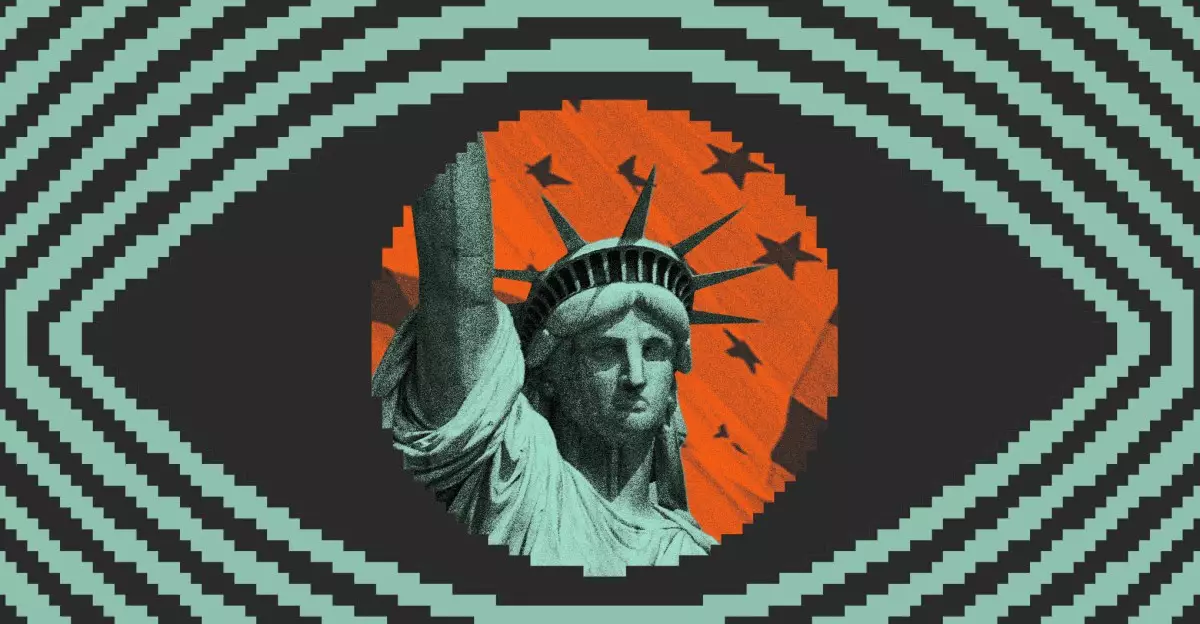In an era where technology seamlessly intertwines with everyday life, the partnership between New York City and Citizen exemplifies a bold step toward modern urban safety management. By leveraging social media-like platforms for crime alerts and community reporting, city officials aim to foster a more immediate and transparent communication channel with residents. This approach signifies an optimistic shift—using smartphone technology to preemptively address safety concerns, disseminate critical information swiftly, and potentially save lives. Such initiatives position the city as a future-ready metropolis where proactive policing and community involvement harmonize.
However, while the promise of real-time alerts tailored to individual neighborhoods sounds beneficial, it also raises crucial questions about scope, oversight, and unintended consequences. Is this deluge of data truly a boon or a Pandora’s box that could exacerbate community fears or foster unwarranted surveillance? As agencies gain access to user-shared footage directly through Citizen’s platform, the boundary between public safety and privacy becomes increasingly blurred. It’s essential to scrutinize whether such integrations prioritize empowering communities or inadvertently normalize invasive oversight under the guise of crime prevention.
Potential Benefits: Enhanced Responsiveness and Community Engagement
The innovative collaboration offers tangible advantages for urban policing. Immediate alerts on incidents, weather emergencies, or major hazards empower residents to respond promptly, potentially reducing crime rates or mitigating disaster impacts. The real-time sharing of videos, especially during crises, can communicate on-the-ground realities more effectively than traditional channels. Public safety agencies, armed with access to community footage, can corroborate reports swiftly, making investigations more accurate and efficient.
Beyond crime control, this alliance encourages community participation. Citizens become active contributors rather than passive recipients of safety information. The ability to broadcast live footage or share incidents fosters a sense of collective responsibility—turning residents into stakeholders in their own safety. Such democratization of information might inspire more vigilance and cooperation, ultimately strengthening societal trust in law enforcement efforts.
Underlying Concerns: Privacy, Misuse, and Community Trust
Despite its optimistic veneer, this technological partnership carries risks that merit serious concern. The fundamental issue is privacy—both for everyday citizens who upload videos and for those inadvertently captured in public footage. Although Citizen claims users can opt out of sharing their videos, the fact that all posted videos are publicly viewable and downloadable leaves vulnerable populations exposed. This open-access model could incentivize vigilantism, harassment, or misuse, especially when footage falls into malicious hands.
Moreover, law enforcement gaining near-instant access to user-generated content blurs legal boundaries. While warrants are necessary in theory, emergencies are often used as justification for bypassing due process. This rapid access could lead to disproportionate surveillance, eroding civil liberties and uniformity in rights protections. The alarming history of Citizen’s earlier iterations, which faced scrutiny over promoting vigilantism and reckless chasing of suspects, casts doubt on whether such tools can be ethically contained.
Another dimension concerns community trust. Heavy-handed surveillance initiatives risk alienating residents, especially marginalized groups who may feel unjustly targeted or surveilled more intensely than others. The fear of being constantly watched can inhibit free expression and create a climate of suspicion. If citizens begin to perceive public safety efforts as invasive rather than protective, the social fabric could fray, undermining the very safety these measures aim to enhance.
The Uncertain Future of Civic Surveillance
As city officials champion this technological leap, the broader societal implications remain uncertain. The alluring promise of smarter, faster law enforcement risks overshadowing the foundational principle of respecting individual rights. While rapid information exchange and community engagement are laudable goals, they should not come at the expense of privacy and civil liberties. A critical, skeptical eye is necessary to ensure these tools serve as avenues for empowerment rather than instruments of control.
This partnership underscores a broader debate about the role of technology in shaping the future of urban safety. It compels us to ask: Are we creating a society where safety and freedom are compatible, or are we inching toward a surveillance state disguised as a civic innovation? The true test lies in establishing clear boundaries, transparent policies, and ongoing oversight to prevent the erosion of personal freedoms under the guise of community protection.


Leave a Reply